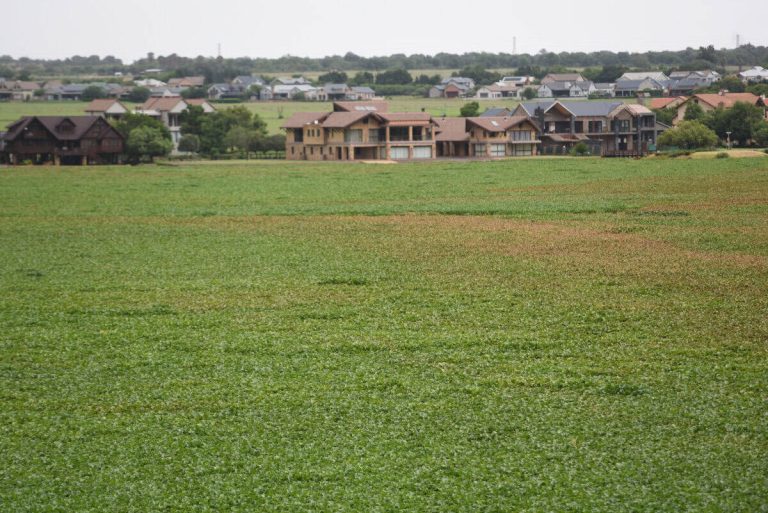
The federal government has launched a new strategic plan for nursing and midwifery to improve workforce retention and fast-track Nigeria’s journey towards Universal Health Coverage and the Sustainable Development Goals.
The Coordinating Minister of Health and Social Welfare, Muhammad Pate, said this on Thursday in Abuja during the Nursing Summit and the launch of the Nigerian Strategic Directions for Nursing and Midwifery (NSDNM) 2025–2030.
Themed “Strengthening Nursing and Midwifery Services in Nigeria for Universal Health Coverage through Implementation of NSDNM,” the summit brought together stakeholders to discuss reforms and investment in nursing and midwifery services nationwide.
Pate described nurses and midwives as central to healthcare delivery in Nigeria and said the new plan provided clear priorities to enhance education, career development, leadership, and workforce retention in the sector.
The minister disclosed that President Bola Tinubu had approved fast-track recruitment waivers for federal health workers, with nearly 20,000 new hires expected, 60 per cent of whom would be nurses and midwives.
He emphasised that training and motivation alone were not enough, noting that an enabling environment, including proper infrastructure, equipment, and resources, is essential for effective and efficient service delivery.
The Registrar of the Nursing and Midwifery Council of Nigeria, Ndagi Alhassan, said WHO recommended a nurse-to-patient ratio of one to four, but Nigeria still struggles to meet the standard.
Alhassan revealed that annual nurse production had increased from 23,000 to over 115,000, but challenges remain in integrating these trained professionals into the national health system due to limited employment opportunities.
Alhassan called on state governments to absorb those trained personnel into their health systems and equip them with the tools and support needed to perform effectively in various healthcare settings.
Mary Brantuo, team lead for Universal Health Coverage at WHO, said nurses and midwives form almost 50 per cent of the global health workforce but remain critically underrepresented in many regions.
Brantuo warned that the WHO projected a global shortfall of 4.8 million nurses and midwives by 2030, with the most severe gaps expected in Africa and Southeast Asia, including countries like Nigeria.
“As of 2020, Nigeria had more than 180,000 registered nurses and 126,000 midwives, which translates to 88 nurses per 100,000 people and one midwife for every 364 women of reproductive age.”
She noted that the Nigerian strategy aligned with the WHO Global Strategic Directions for Nursing and Midwifery (2021–2027), which targeted four key areas: education, employment, leadership, and service delivery.



